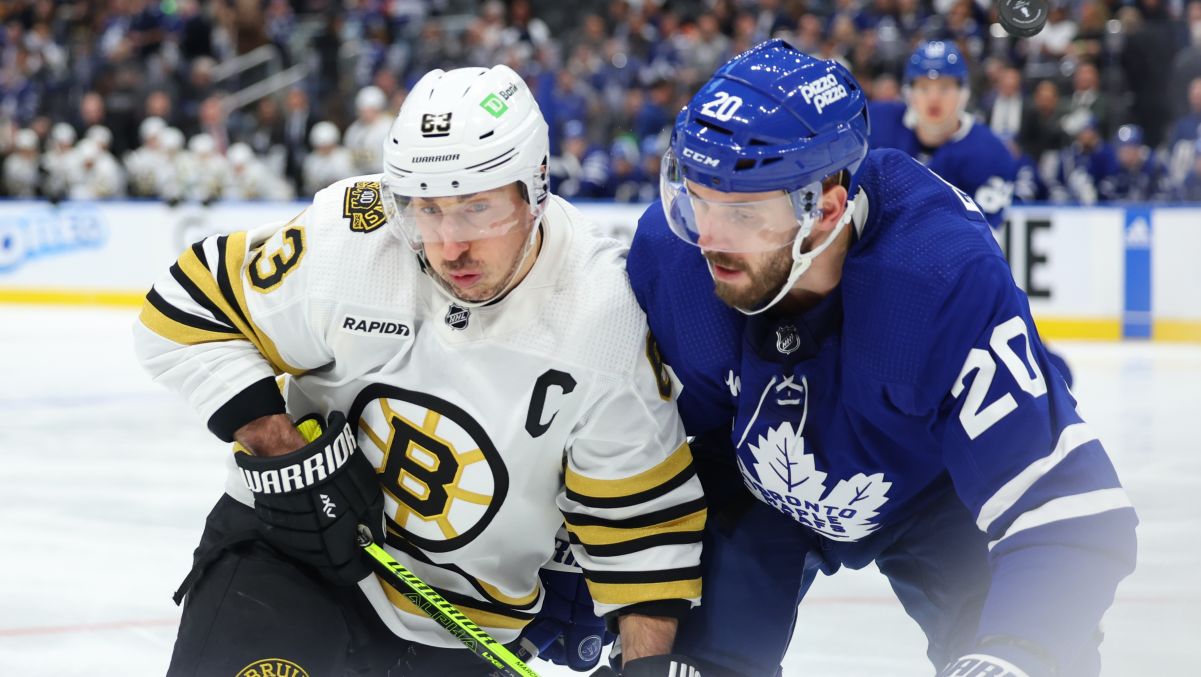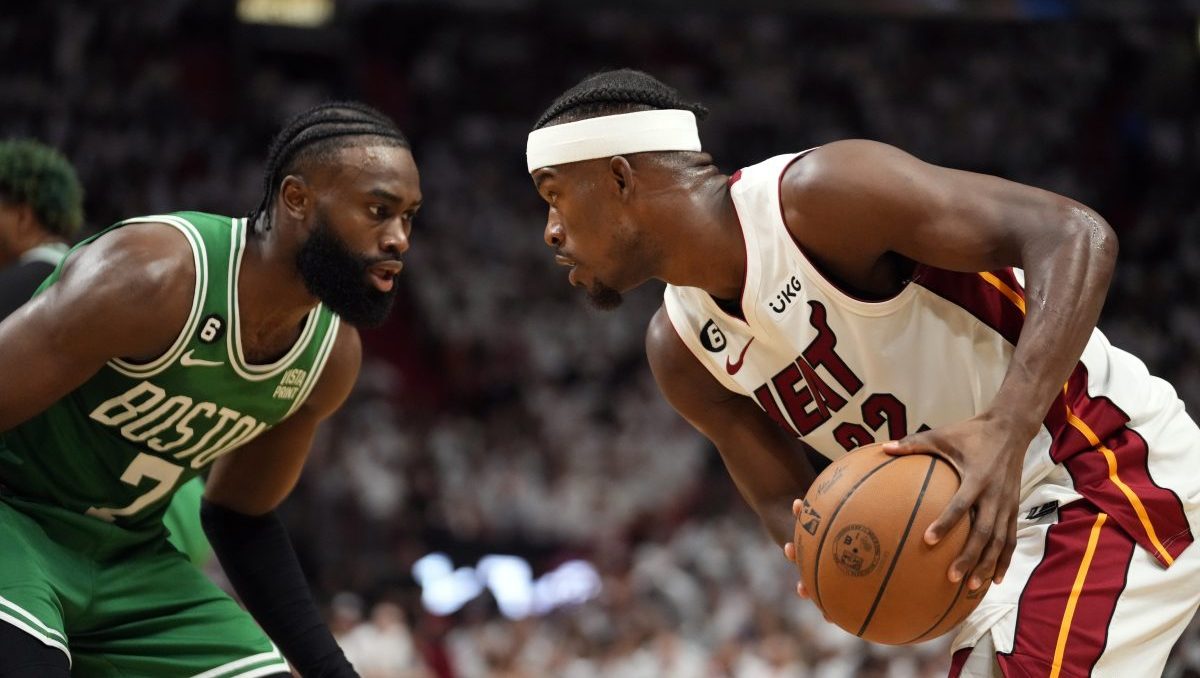(NECN) - Jodi Smith, President of Mannersmith Etiquette Consulting, joined NECN to discuss gift-opening etiquette.
Gift Opening/Thanks
The holidays teach about the importance of receiving. Yes, there are guidelines for those getting gifts.
Local
1. No one should ever expect a gift. Gifts are to be given freely and willingly, not as an obligation. Take the time to talk with your children about the real meaning of the seasons.
2. Say “thank you” before you open the gift. The giver hands the receiver the gift. The receiver looks the giver in the eye and says “Thank you.” To which the giver responses “you are welcome.” The receiver does not wait until after the gift has been opened and deemed satisfactory to say “thank you.” This first thank you is to express appreciation at being given a gift at all. Train your children to say “thank you” any time they are handed a gift.
3. Practice your gushing ahead of time! As the gift is opened, the necessary gushing begins. This means you may need to prompt and practice in advance with your children. Both toddlers and teenagers require refreshers on their acting abilities! Start with household objects, hand the object to your child and have them respond as if they love it. “Why this is the nicest paper towel roll I have ever received!” With some exercising in advance, your children will be Oscar worthy even when receiving itchy, orange-woolen socks from Great Aunt Tilly.
4. The gift must be acknowledged in writing. Yes, even if you have verbally thanked the person, a thank you note is necessary. (If they picked you up a jar of applesauce at the market and handed it to you in the grocery bag, then a verbal thank you is enough.) If they took the time to choose a gift, wrap it, and present it to you, you need to respond in a thoughtful manner. This is in the form of a thank you note.
Infants and Toddlers
Obviously at this age, it is the parent writing the thank you notes. You can be creative.
o Take a picture of the child with the gift, then pen a few quick lines on a note card to thank the giver.
o Have the child scribble with crayons, color copy the picture and write the thank you note on it.
o Ask the child about the gift, then include the quote as part of the thank you note you write.
Elementary School Children
Depending on your child’s development and the number of thank you notes required, you still have some options.
o Have the child draw a picture of the gift, then you jot down a line or two explaining the picture.
o Purchase the fill-in the blank thank you notes. For very young children, you fill in the blanks and have the child write his/her name. For slightly older children, they should be filling in the blanks and signing their names.
o Find, create, buy thank you notes for your child and have them write the note themselves. At a young age, even one sentence of thanks is completely acceptable.
Older Children
By this time your child should have graduated to writing his/her own thank you notes. A great way to keep you kid on track is to write the thank you notes each night so that it is not overwhelming. Or, you may choose to limit use of the gifts until the thank you note has been written. Make thank you note time family time. Pull out your note cards and sit together to write. Understanding that writing thank you notes is a mature activity can make it slightly more appealing. If nothing else, thank you notes are a bit of insurance that gifts will be given again next year.
Thank you note cards and stationery are great gifts to give. They are inexpensive, highly useful and a great way to teach gratitude. For those children (and parents) who find the thought of writing thank you notes daunting, Mannersmith has a Thank You Note Wizard (http://www.mannersmith.com/resources/tyn_wizard.cfm) on the website which works like a Mad Lib and creates a draft for you.
Copyright NECNMIGR - NECN



